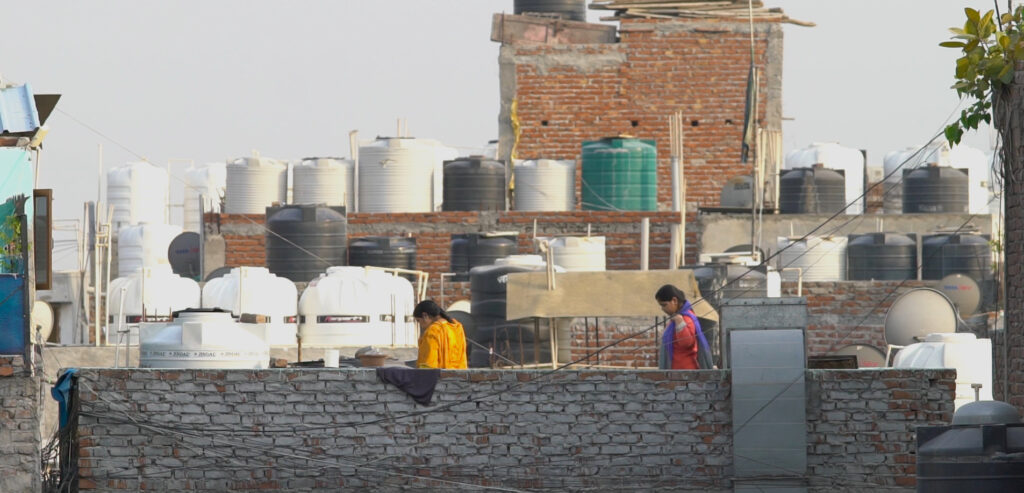Hindu scriptures recognise Hijras as a community ‘holy hermaphrodites’, who must leave their biological families to live within Hijra families and survive on alms. They have legal and cultural recognition in India and have most frequently been the safe space and community for a Trans person to be absorbed into.
In recent times, the Hijra communities have grown to absorb trans and gender fluid people, particularly those from lower castes and under-educated social groups. They continue to give blessings for alms, but many are also forced into begging and prostitution as a means of survival. Hijra families often function much like a gang with designated patches, protection money and frequent turf wars.
Despite the visible presence of the Hijras in India, openly trans people suffer immense discrimination. Many face extreme bullying at school, forcing them to leave home at an early age, and rejection by their families. Those who try to find work are unable to express their gender identity, most trans-Hijras are daily wage earners, getting by with sex work, begging or blessings for alms.Medical transitions have for centurie have happened in back street alleys and within Hijra communities, endangering the lives of many.
Today, India faces a conflict between progressive 21st century ideas and patriarchal, religious Hindu beliefs. Since 2015, the country has been governed by a highly sectarian, Hindu right-wing government. Whilst the ‘traditional’ Hijra community occupies a key position in the Hindu right-wing world view, any modern trans identity is considered abhorrent. This traditional movement has been supported by the most recognisable Hijra activist, Laxmi Narayan Tripathi.
In this context, speaking out against traditional values or the religious establishment has become very dangerous, as has simply appearing as a modern trans activist, and Rudrani has been attacked several times. In addition to the promotion of the traditional Hijra role over that of a modern trans identity, the government has implemented policies that place medical gender identification over self-identification and has reduced sentences for assaults made on transgender people. With an estimated 5 million trans people living in India, the right for trans Indians to live safely, and with dignity, is one of the most pressing civil rights issues of our time.
Rudrani and her friends embody the conflict between modern liberal values and traditional beliefs as they challenge the prejudices of ancient ‘Hijra’ identity in a bid to be accepted as complex, beautiful, transgender human beings. Their goal is to offer the models a better way to earn a living and create a space for the trans community in mainstream Indian society.
© India’s 1st Best Trans Model Agency



